Discovery That Will Rewrite History: Who Invented Gravity?

Discovery That Will Rewrite History: Who Invented Gravity?
Pencil drawings by Italian painter and inventor Leonardo da Vinci in the 1500s suggest that he may have discovered gravity long before the English mathematician Isaac Newton, best known for his discovery in the late 1600s. Experts announced that Da Vinci calculated the gravitational constant with 97 percent accuracy.
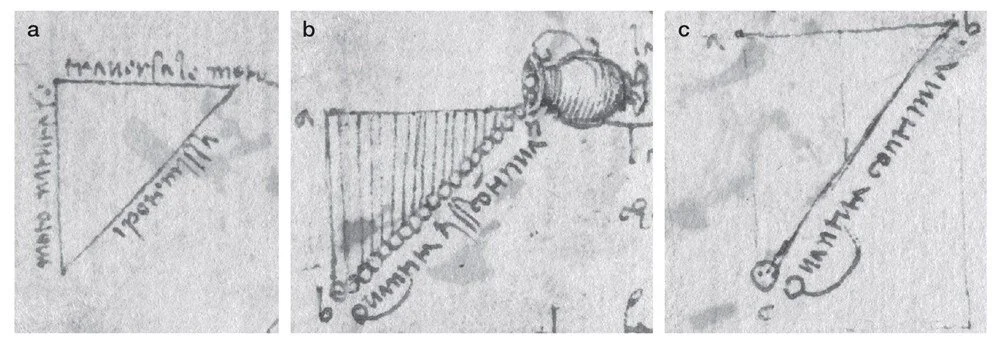
Researchers from the California Institute of Technology (Caltech) in the USA re-examined the notebooks of Italian painter and inventor Leonardo da Vinci and found a sketch of experiments showing that gravity is a type of acceleration.
CALCULATED WITH 97 PERCENT ACCURACY
Experts announced that Da Vinci calculated the gravitational constant with 97 percent accuracy. However, the researchers reported that they believed the only thing that prevented da Vinci’s experiments from definitively explaining gravity was the limited tools he used. Because da Vinci lacked an instrument to measure time exactly as objects fall.

Da Vinci, who lived between 1452 and 1519, was among the wisest people of his time. Therefore, da Vinci’s discovery of the concept of gravity did not surprise scientists.
On the other hand, Galileo Galilei proposed in 1604 that the distance traveled by a falling object is proportional to the square of the elapsed time. In the late 17th century, Newton developed a law of universal gravitation that explains how objects attract each other.
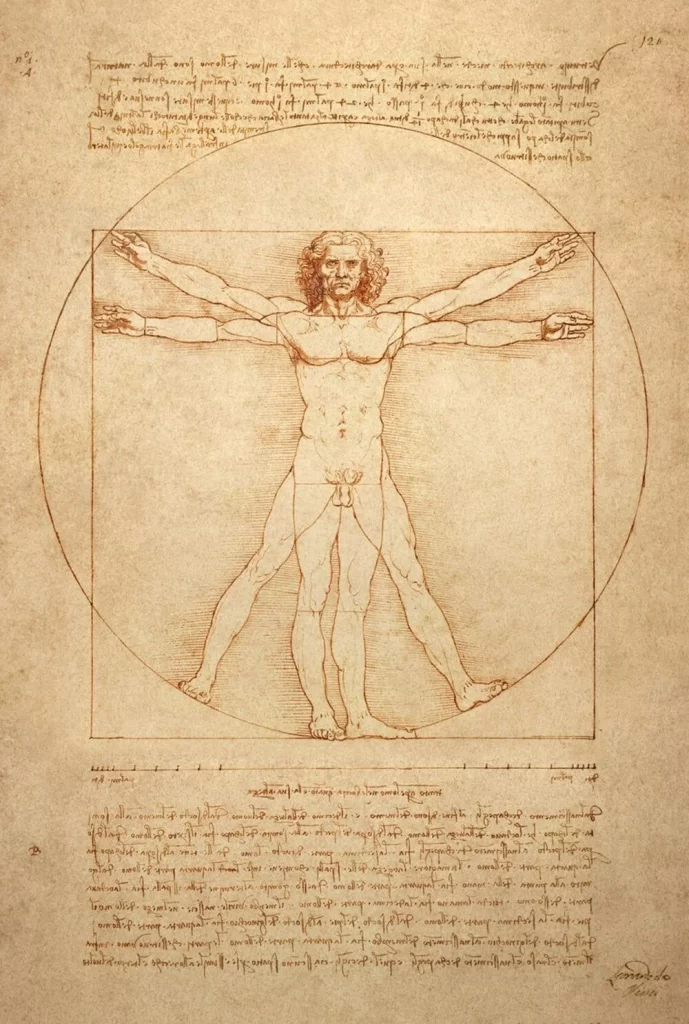
NEWTON’S ENLIGHTENMENT MOMENT
Newton’s discovery came when he was enlightened by an apple falling on his head while sitting under a tree. The English mathematician had a ‘eureka’ moment when he developed his theory of gravity after observing a falling apple in the summer of 1666.
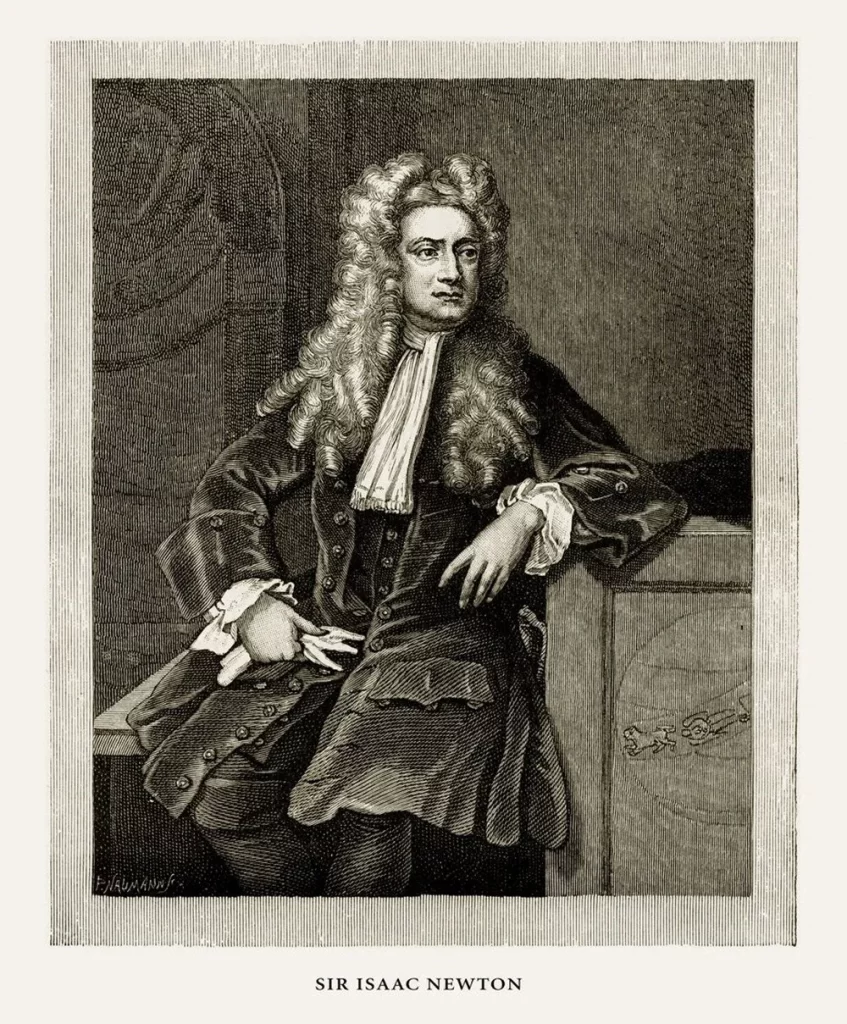
Newton theorized that if an apple fell from a high branch, gravity could stretch further, possibly driving this process into space.

Mory Gharib, lead author of the study, published on Physics.org, first noticed da Vinci’s experiments in the Codex Arundel, a collection of da Vinci’s articles covering science, art, and personal topics. “What caught my eye was when he wrote ‘Equatione di Moti’ on the hypotenuse of one of the triangles he drew – an isosceles right triangle,” Gharib said in a statement. Aforementioned. “I’m starting to wonder what Leonardo meant by that phrase.” aforementioned.
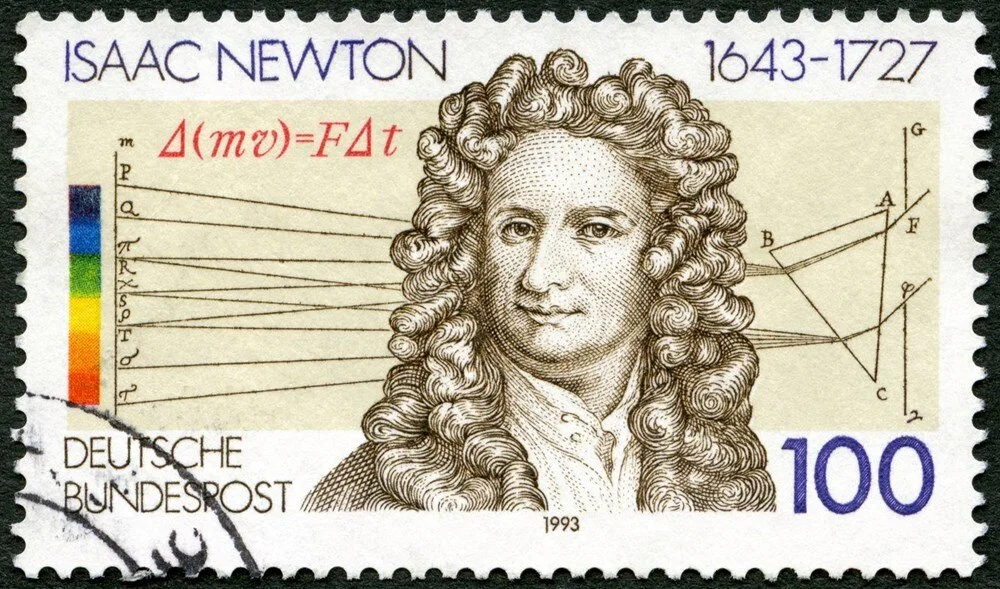
Stating that da Vinci’s sketches show that a jug poured with water or sand moves along a straight line parallel to the ground, Gharib said, “Da Vinci’s notes make it clear that when an object is thrown, it will not fall at a constant speed. wrote that it will stop accelerating horizontally.

On the other hand, although Da Vinci tried to explain this acceleration seen in the sketches mathematically, he could not hit the target exactly. The researchers used computer modeling to run Da Vinci’s jug experiment and found where he went wrong.

Chris Roh, co-author of the study, said: “What we see is that Leonardo struggled with this, but modeled it as ‘2 to the t’ proportional to the distance of the falling object. (2 to t represents time). But time is proportional to t squared. .. But we later learned that Da Vinci correctly used the equations he calculated incorrectly. In his notes, Da Vinci described an object falling in up to four time intervals, a period with graphs. The equations were closely matched.” He did an explanation.
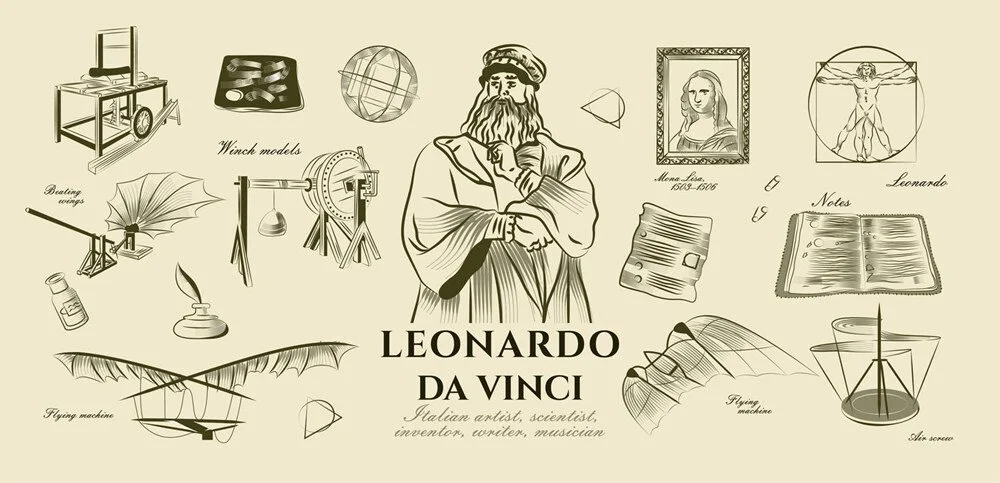
“We don’t know whether da Vinci conducted further experiments or delved deeper into this question. But the way he handled this problem in the early 1500s shows how far ahead his thinking was,” Gharib said. finished his speech.
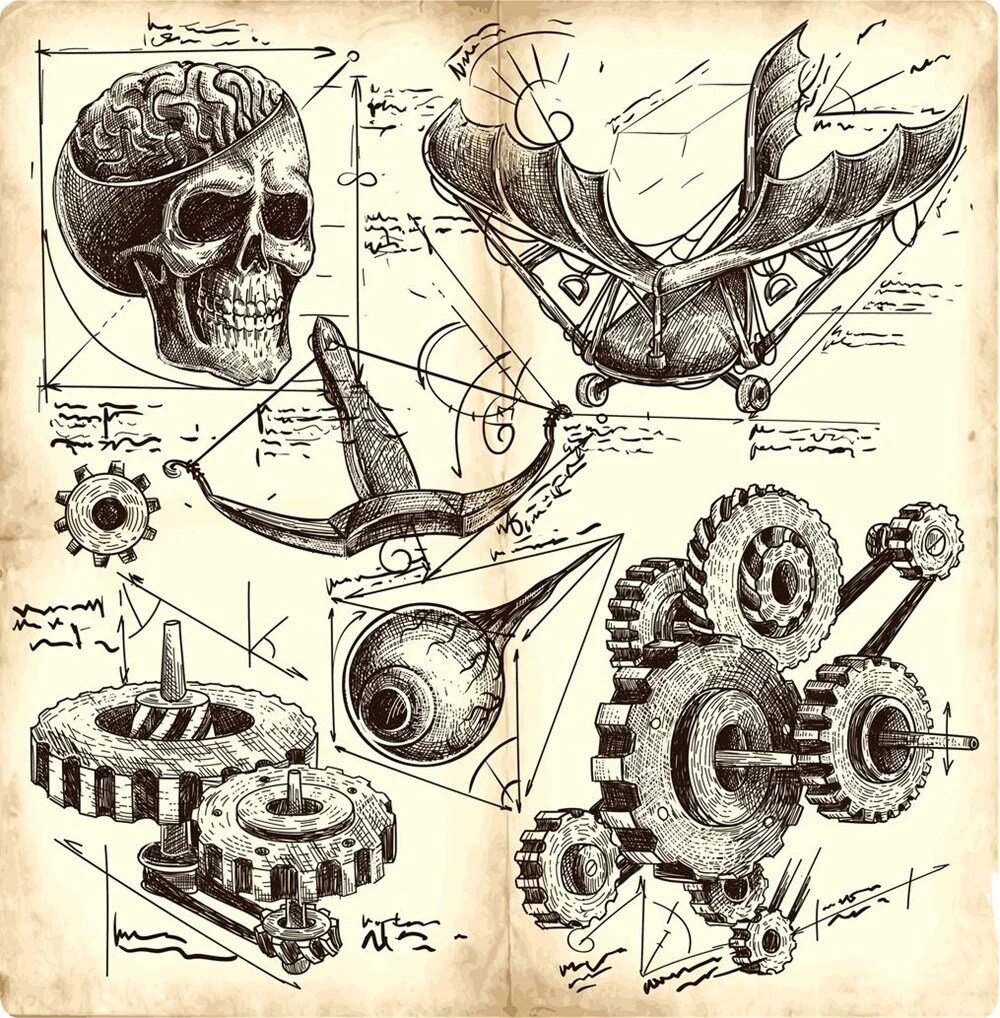
WHO IS LEONARDO DA VINCI?
Leonardo di ser Piero da Vinci was born on April 15, 1452 and died on May 2, 1519. He lived during the Renaissance.

D Vinci’s best-known works include The Vitruvian Man (1490-1492), the Mona Lisa (1503-1507), and The Last Supper (1495-1497).

Da Vinci is recognized as one of the world’s greatest artists and geniuses, known not only for his artistic structure, but also for his research and inventions in various fields, bringing Renaissance art to its zenith.

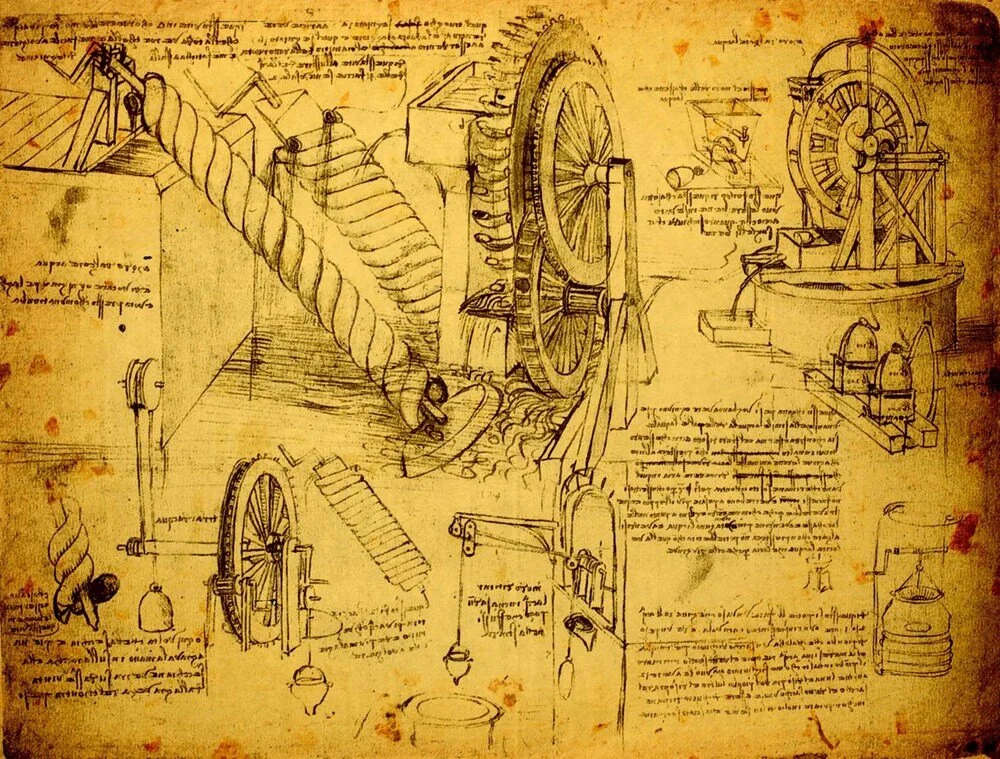







The headline is nonsense: no one “invented” gravity. Neither did Newton discover it; what he discovered was the mathematical rule that describes the force of gravity between any two objects. What da Vinci seems to have been getting at is the law of falling bodies, a simpler consequence of Newton’s universal law.
It is possible that Newton’s thoughts were inspired in part by observing the fall of an apple. That he was hit on the head by it is a silly story made up decades later, with no historical evidence to support it.